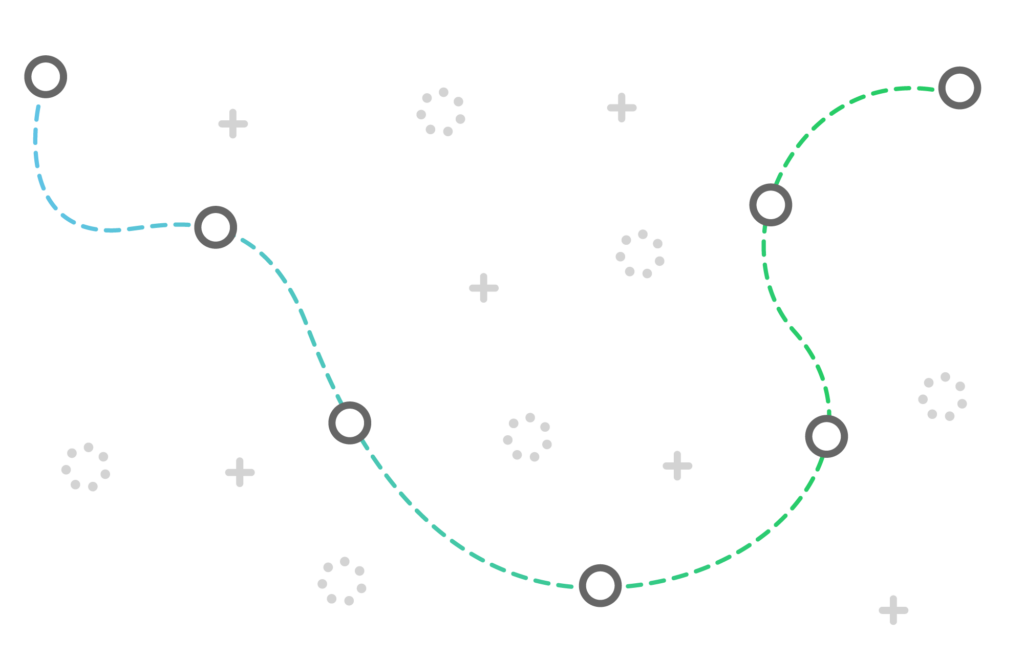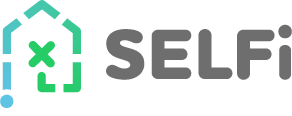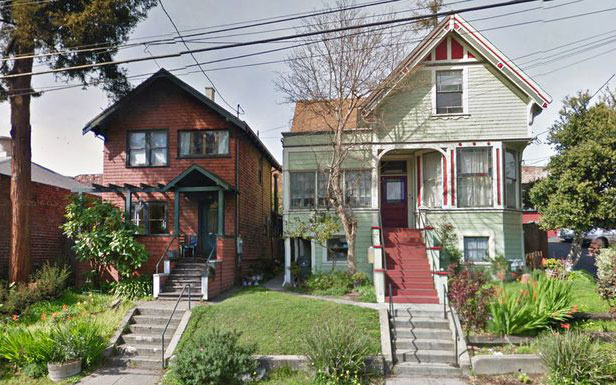You know the old saying… “what sounds too good to be true, usually is.”
This especially rings true when it comes to financial services.
So the idea that a lender will pay you to refinance your mortgage to a lower interest rate definitely falls into that category.
Except it’s not.
At SELFi, we have been educating homeowners for 3 years that it’s possible to refinance your mortgage to a lower rate not just at no cost, but at negative closing cost.
How Does Negative Closing Costs work
It’s simple.
The lender credit exceeds the loan costs.
Basic math.
Let’s say your lender credit is $5,000. Your fees are $4,000. The simple math is $4,000 – $5,000 = -$1,000.
You just got paid $1,000 to refinance.
How Do I Get a Lender credit
Each interest rate has a price.
The lower the rate, you pay points.
The higher the rate, you receive a lender credit.
If you can refinance to a lower rate that provides a lender credit that exceeds the loan costs, then you’re eligible for a negative closing cost refinance.
The below video shows how mortgage pricing works:
How do I receive the Negative Closing Costs
So using the above example, where the closing costs are -$1,000, how do you receive this money?
In a few ways:
- Prepaying mortgage interest. the negative closing costs can go towards non loan costs like prepaying mortgage interest.
- Escrow Deposit. Should you choose to have one, the excess lender credit can go towards your escrow deposit for property taxes and homeowners insurance. An escrow account is akin to a savings account, it’s your money! In fact, California mandates that servicers pay borrowers 2% interest on their escrow balances. That’s better then most savings rates!
- Principal Reduction. Negative closing costs can applied as a post-closing principal reduction. See below for more details.
The video below shows a Closing Disclosure with negative closing costs:
How Does a Principal Reduction Work
Let’s use an example. Let’s say your new loan amount is $400,000. You’ve chosen a rate to receive 1% lender credit equating to $4,000. The fees are $3,000. The prepaid interest is $500. And you’ve chosen not to have an escrow account.
After the fees and prepaid interest are covered, there is $500 in excess lender credit.
That lender credit gets applied as a principal reduction.
So after the refinance is concluded, the lender applies $500 towards your new loan amount of $400,000, so that your starting balance on your new loan is actually $399,500.
That is the starting balance you’ll see on the first mortgage statement.
Are there Limitations on Negative Closing Costs
Yes!
First, there has to be a net tangible benefit to your refinance. If you have a 2.750% 30 year fixed and you’re refinancing to 2.990% 30 year fixed, there is no net tangible benefit, even if the closing costs are negative.
Second, there is cap on the amount of principal reduction you can receive.
What is the Cap on Principal Reduction?
If a lower interest rate exists at $0.00 closing costs, the lender will force you to choose the lower of the two rates.
For example, let’s say you’re applying for a 2.750% 30 year fixed.
Let’s the closing costs are -$2,000, so that the closing costs are $0.00, and then you’re receiving a $2,000 principal reduction.
Now, let’s say the closing costs at 2.690% are -$500. So that the closing costs are $0.00, and you’re receiving a $500 principal reduction.
The lender, in compliance with Anti-Steering laws, will require you to choose the 2.690% rate because technically a lower rate was available at the same fees… which is $0.00.
What if I really want more lender credit
One way to get around the principal reduction curtailment is to impound your property taxes and homeowners insurance. That way the lender credit can go towards the escrow deposit.
With most servicers, you can cancel your escrow account without any penalty and then the escrow balance is refunded to you.
Do I Qualify?
Check today’s interests and scroll down to rates that have negative closing costs. You can check if you can lower your rate at negative closing costs!

SELFi Second Look is opening doors to home-buyers being locked out by big banks
Subscribe to our mailing list
Stay up-to-date on interest rates, loan options, and money saving tips.

